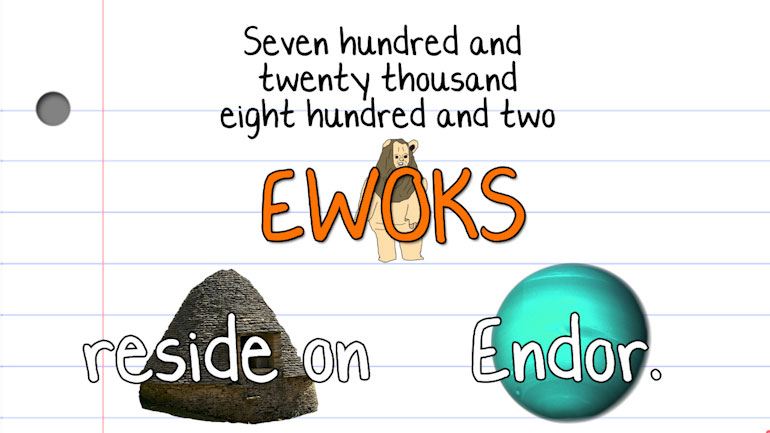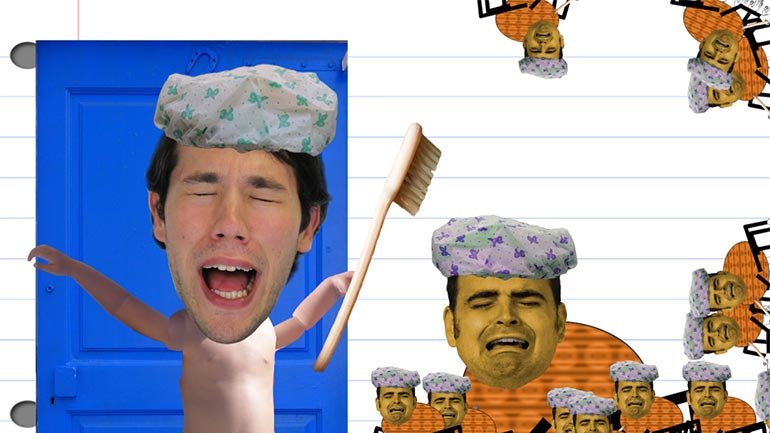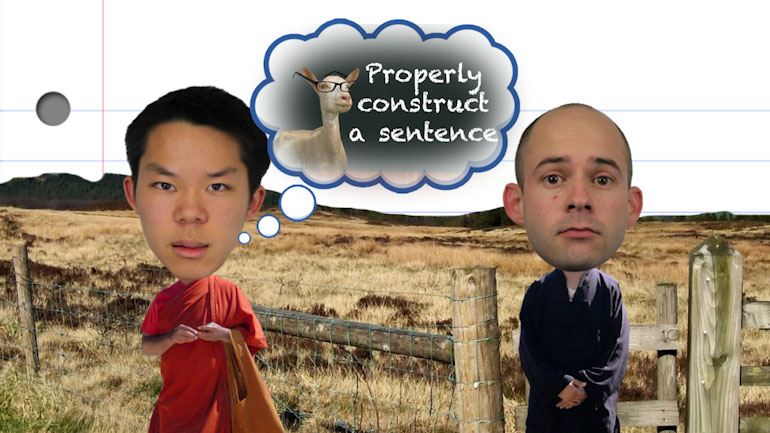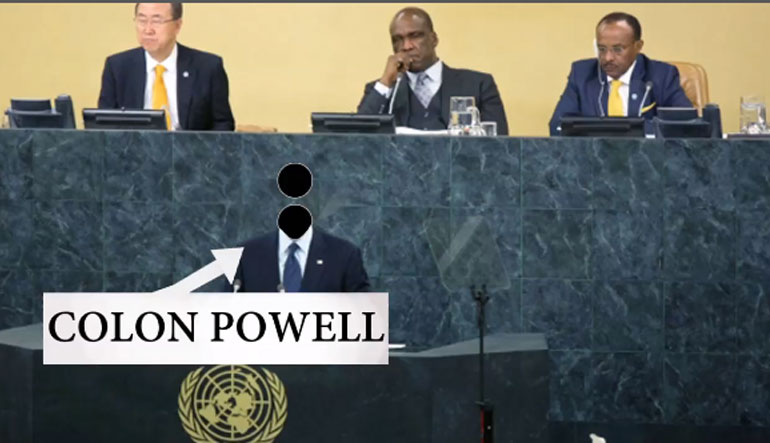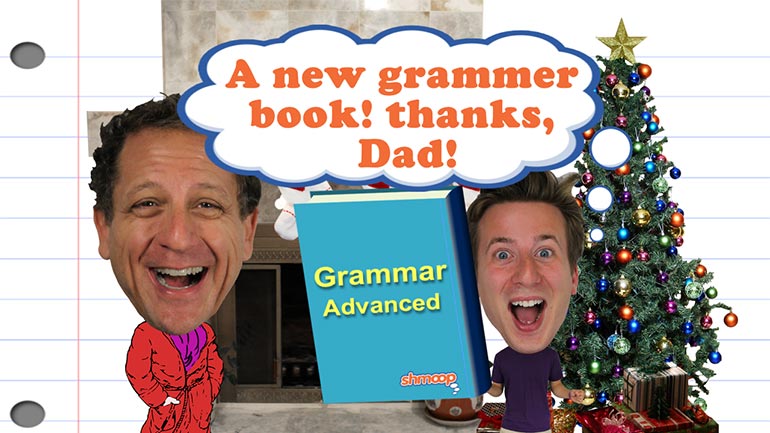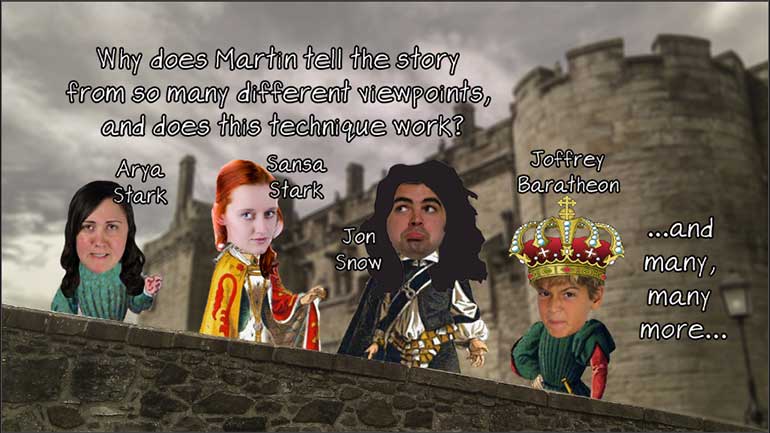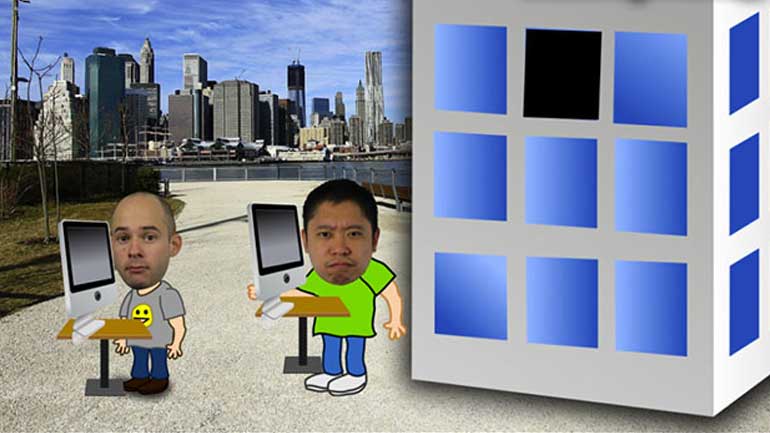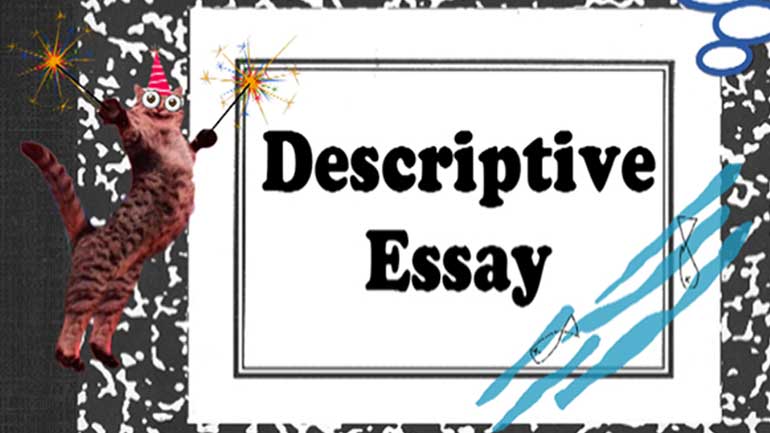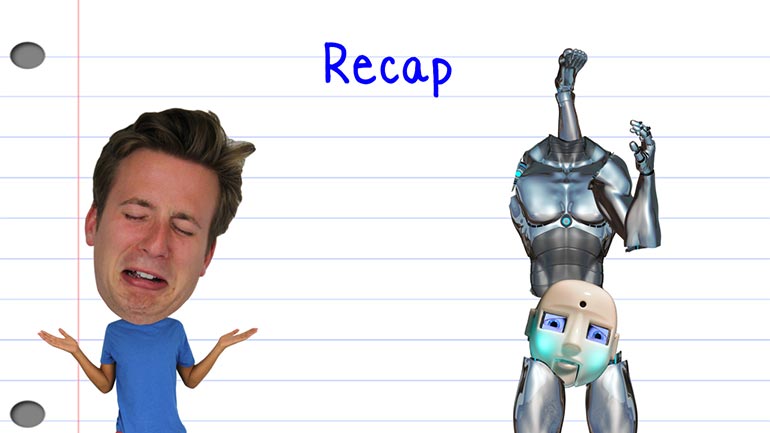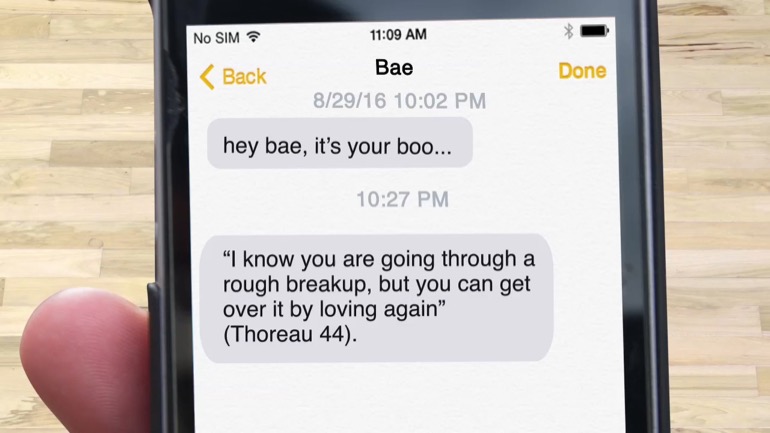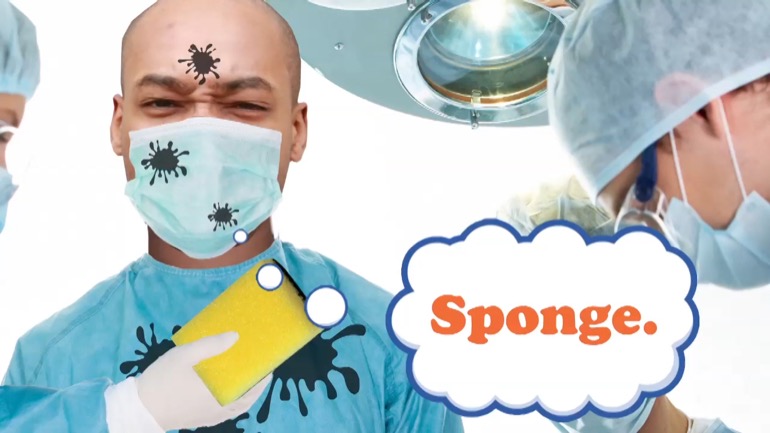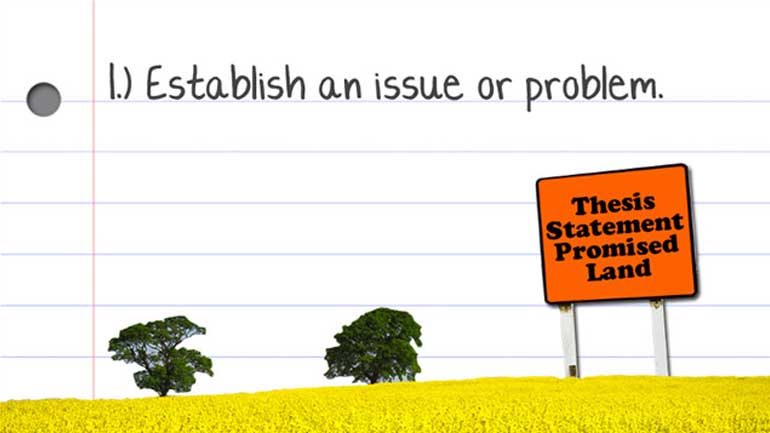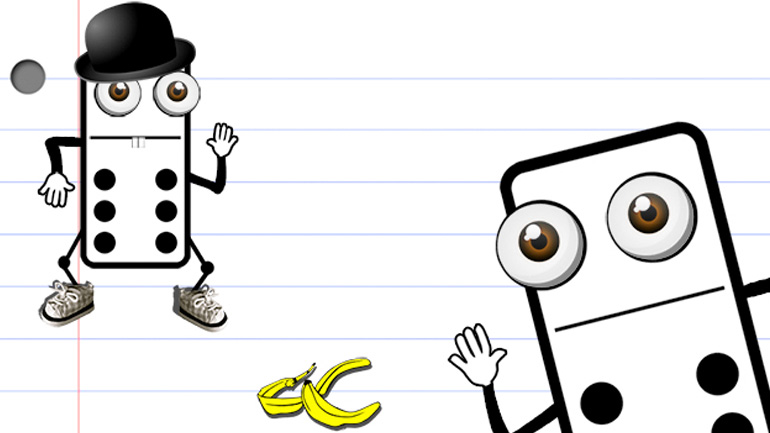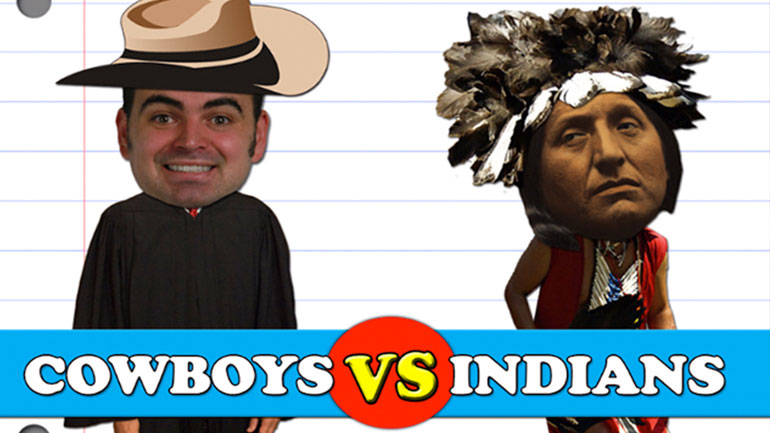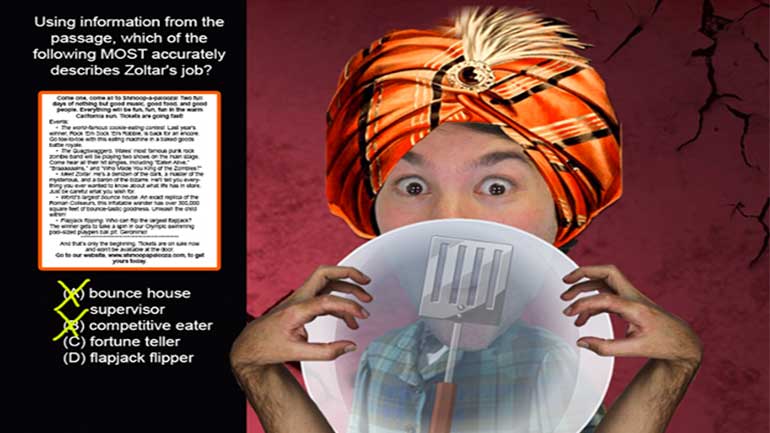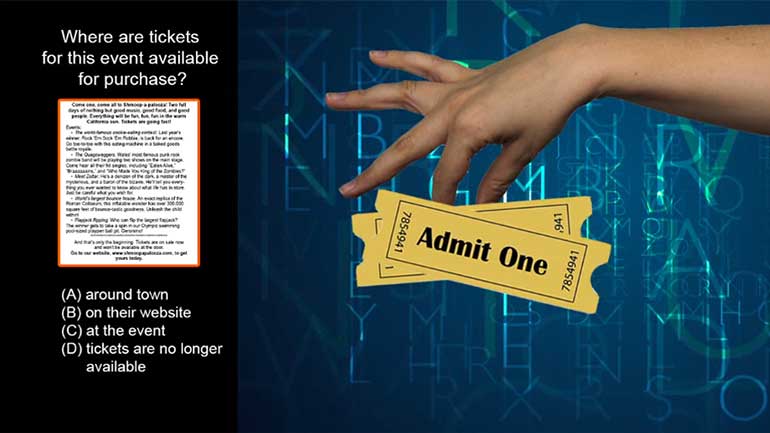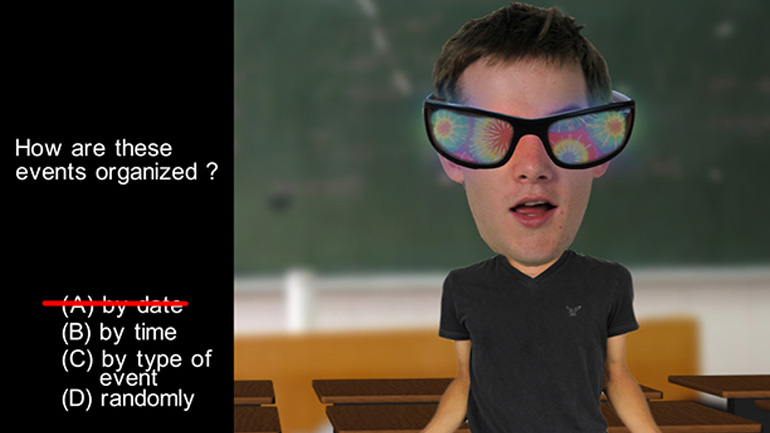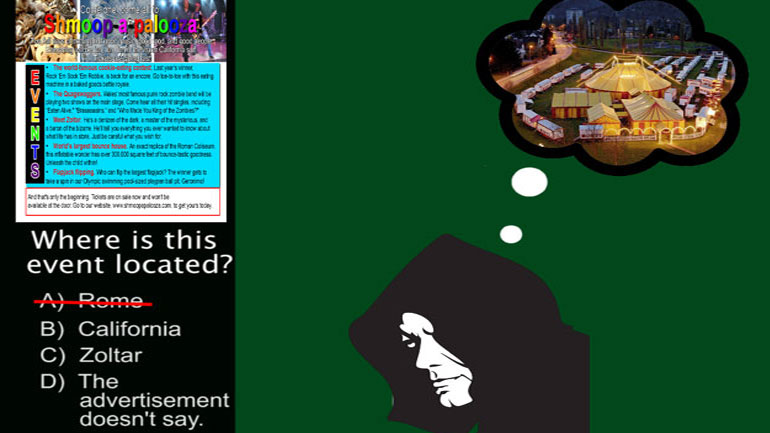ShmoopTube
Where Monty Python meets your 10th grade teacher.
Search Thousands of Shmoop Videos
Essay Writing Videos 71 videos
This video offers some rules of thumb for writing a good introduction. It covers everything from tone (confidence is key!) to phrases and clichés...
Even the best essays can go wrong in the conclusion—this video covers what not to do in a conclusion to help avoid any essay-ending problems. The...
You want to be as picky with your citations as Goldilocks was with her porridge—not too many, not too few... juuust right. You want to prove that...
Transitions 5839 Views
Share It!
Description:
This video talks about transitions—why are they important for your essay? What do they do? What are the two major types of transition?
Transcript
- 00:01
Transitions, a la Shmoop. You’ve probably spoken to someone at one
- 00:11
time or another who didn’t use transitions in their speech.
- 00:15
It likely sounded something like this:
- 00:17
“I love hot dogs. Do you swim? Flowers are pretty, aren’t they? How many pets do you
- 00:23
have? I have to go to the bathroom!”[two guys talking in a room]
Full Transcript
- 00:25
Sound like any 5-year-olds you know? [kid coloring on the floor]
- 00:32
There may actually be some link between all of those thoughts…
- 00:34
…but the world will never know. Because that guy failed to use “transitions.”
- 00:38
You can think of transitions as signposts that are scattered through your essay…[signs on a path in the woods]
- 00:44
…that help your readers navigate the various ideas you introduce.
- 00:51
They basically help make clear what one thing has to do with another…
- 00:55
…so your readers don’t get lost.
- 00:57
Which is a good thing, because they only have enough water to last them a few days. [girl in the desert with a water bottle]
- 01:03
Your goal is to craft a paper that flows so smoothly…
- 01:06
…that it isn’t jarring when you go from one paragraph to the next. [hair on an essay getting brushed]
- 01:11
It should feel more like a steady stream of thought than a…
- 01:14
…crashing waterfall of thought. There are two major types of transitions:
- 01:20
Those that transition through words…
- 01:23
…and those that transition through ideas. Transition words indicate a relationship between
- 01:30
a couple of ideas. [two Ideas on a date at the theatre]
- 01:31
So instead of “I was just bitten by a raccoon. I’ve had my shots”…
- 01:35
…you could say “I was just bitten by a raccoon; however, I’ve had my shots.”
- 01:41
The sentence doesn’t change much, but it’s much clearer in the second example why you
- 01:47
switch from talking about rabid woodland creatures to your medical history. [doctor talking to a raccoon]
- 01:53
You’re establishing a connection between the two.
- 01:59
Transitions can show contrast… with words like “but,” “however,” “in contrast”
- 02:04
or “whereas”…
- 02:05
…they can show similarity… as in “additionally,” “also,” or “similarly”…
- 02:12
…or they can demonstrate a sequence… “first,” “second,” “next,” “subsequently,”
- 02:18
or “previously.”
- 02:20
But you can also transition through ideas. [light bulbs turning on]
- 02:23
See how we transitioned there?
- 02:24
To transition through ideas, you can make a reference to a key phrase from earlier in
- 02:29
your paper to draw a connection.
- 02:32
And it doesn't have to be an exact repetition of a phrase…
- 02:35
…it can simply be a restating or further exploration of a topic that was brought up
- 02:40
previously.
- 02:41
For example, if you mention in Paragraph 2 that cats and dogs are capable of feeling
- 02:46
emotion…[panting dog]
- 02:48
…and then in Paragraph 3 you talk about what a crime it is to abuse animals…
- 02:53
…you’ve created a transition. By using a common or related words to make
- 03:01
a connection between two different parts of your paper…
- 03:04
…you allow your reader to do some thinking for themselves. [brain on a stationary bike]
- 03:09
After all, readers don’t want everything spoon-fed to them.
- 03:14
Maybe just a little banana pudding after dinner.
Related Videos
This video offers some rules of thumb for writing a good introduction. It covers everything from tone (confidence is key!) to phrases and clichés...
Even the best essays can go wrong in the conclusion—this video covers what not to do in a conclusion to help avoid any essay-ending problems. The...
You want to be as picky with your citations as Goldilocks was with her porridge—not too many, not too few... juuust right. You want to prove that...
Want even more deets on wordiness? Click here to review. Or take a look at our entire grammar section for all the goods.
Want even more deets on Run-on Sentences? Click here to review. Or take a look at our entire grammar section for all the goods.








